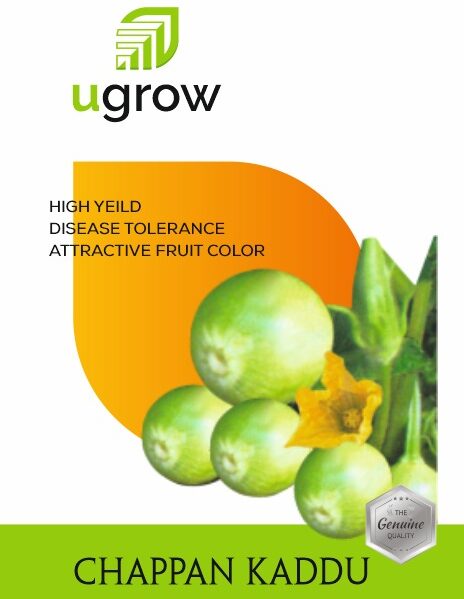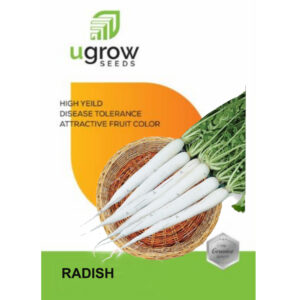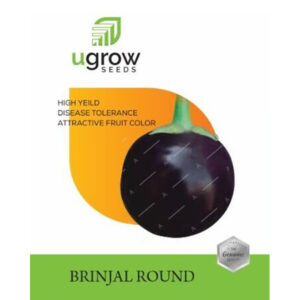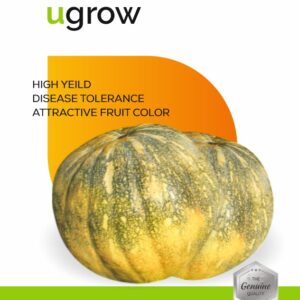Summer squash is a warm-season vegetable known for its tender flesh and mild flavor. There are various types of summer squash, including zucchini, yellow squash, and pattypan squash. Here’s a general guide on how to grow summer squash:
Growing Conditions:
- Sunlight:
- Summer squash thrives in full sunlight. Plant it in an area that receives at least 6 to 8 hours of direct sunlight daily.
- Soil:
- Well-draining soil rich in organic matter is ideal for summer squash. The soil should be slightly acidic to neutral (pH 6.0 to 7.5).
- Watering:
- Keep the soil consistently moist. Squash plants require regular watering, especially during dry periods. Use mulch to help retain soil moisture and prevent weeds.
- Temperature:
- Summer squash is a warm-season crop. Plant it after the last expected frost date in your region. It thrives in temperatures between 70°F and 95°F (21°C to 35°C).
Planting:
- Seeds:
- Directly sow summer squash seeds in the garden after the danger of frost has passed and the soil has warmed. Plant the seeds about 1 inch deep and 2 to 3 seeds per hill.
- Spacing:
- Space the hills or rows about 3 to 4 feet apart. Once the seedlings emerge, thin them to leave the healthiest plant in each hill.
- Companion Planting:
- Consider companion planting with crops like nasturtiums, marigolds, or radishes to help deter pests.
Care Tips:
- Fertilizing:
- Use a balanced, all-purpose fertilizer before planting. Side-dress with additional fertilizer when the plants start to produce fruit.
- Mulching:
- Mulch around the base of the plants to conserve soil moisture, suppress weeds, and maintain a more even soil temperature.
- Pruning:
- Prune or pinch off the tips of summer squash vines when they reach 3 to 4 feet in length. This encourages bushier growth and better fruit production.
- Pest and Disease Management:
- Watch for common pests such as aphids, cucumber beetles, and squash bugs. Control measures may include insecticidal soaps, neem oil, or diatomaceous earth. Powdery mildew can be an issue, so avoid overhead watering and provide good air circulation.
Harvesting:
- Timing:
- Harvest summer squash when they are young and tender. The skin should be glossy and easily pierced with a fingernail. Harvesting regularly encourages more fruit production.
- Technique:
- Use a sharp knife or pruning shears to cut the squash from the vine, leaving a short stem attached.
- Storage:
- Summer squash is best eaten fresh. If you have excess, you can store it in the refrigerator for a few days, but it’s best consumed shortly after harvest.
Summer squash is a versatile vegetable that can be enjoyed in various culinary applications. By providing the right growing conditions and proper care, you can have a productive summer squash harvest throughout the growing season.















Reviews
There are no reviews yet.